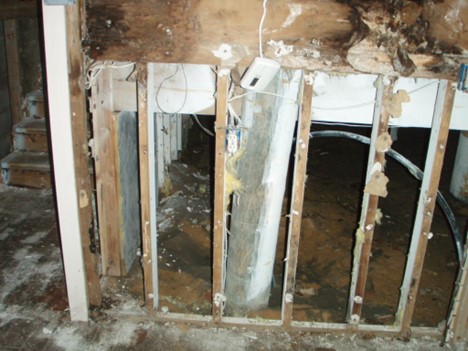 Why is it important to understand the full scope of flood damage to a building’s electrical system?
Why is it important to understand the full scope of flood damage to a building’s electrical system?
October 11, 2023
by Nils Deacon, Manager, Inspections and Rating Services
Hurricanes and floods leave obvious visible damage in their wake. However, there is also invisible damage. Flood waters may contain chemicals, oils, sewage, and debris that can render electrical systems unsafe or inoperable.
In areas of coastal flooding, salt water is a major problem. Salt is highly corrosive and conductive. It damages not only electrical wiring and equipment, but also the infrastructure.
The National Electrical Manufacturers’ Association (NEMA) is a leading authority on electrical installations. They have published recommendations for repair and replacement of water damaged electrical components. Their positions are supported by other leading safety organizations such as Underwriters Laboratories (UL) and the National Fire Protection Association (NFPA).
According to NEMA, when water comes in contact with electrical cables, cords, or wires, the metallic components may become corroded. Corrosion damages the component itself, and may cause the system to fail. Some wire and cables are listed for dry areas only. If this wiring is exposed and later re-energized, there is a risk of shock. NEMA advises that such dry area only wiring should be completely replaced after flooding.
DISCLAIMER: This information reflects the interpretation of MSO, Inc. with regard to NFPA Standards and Codes. It does not represent NFPA’s official position on the items discussed.
Electrical wiring exposed to flooding.

